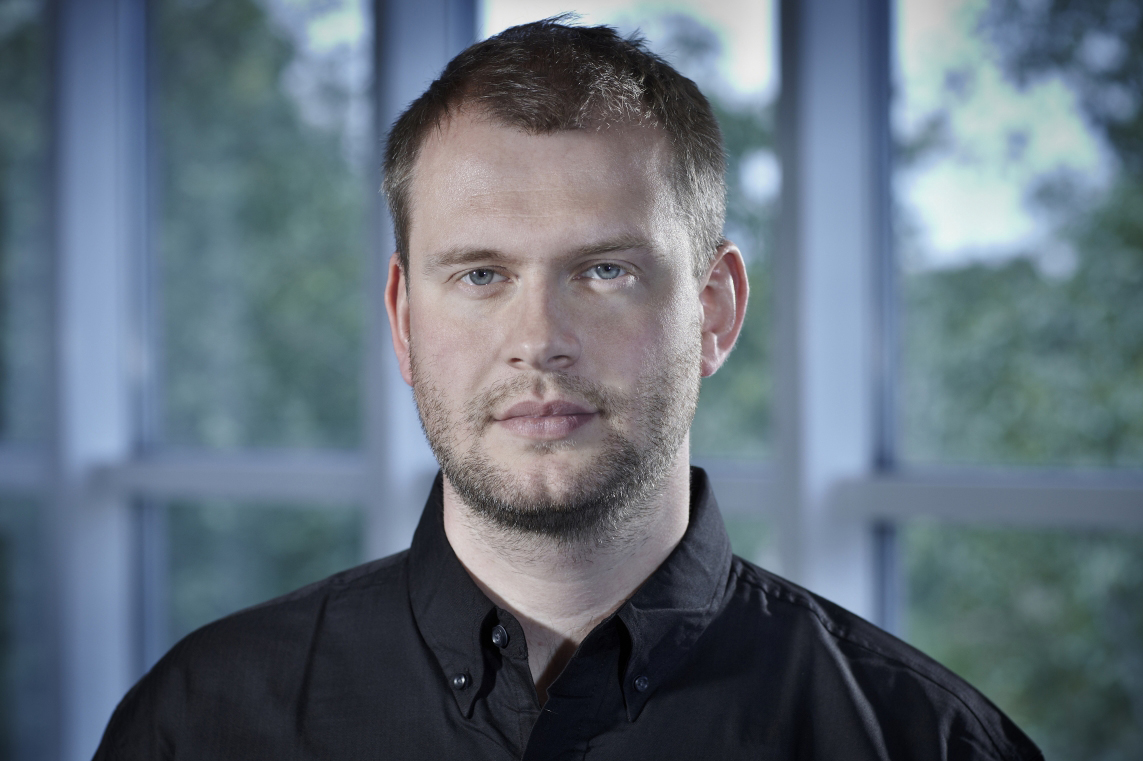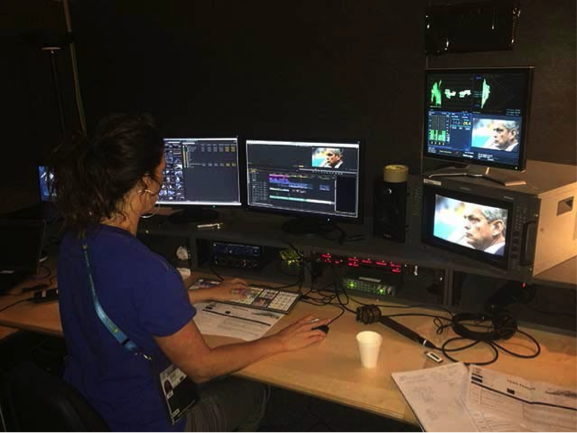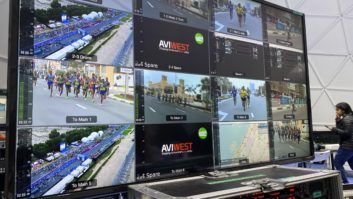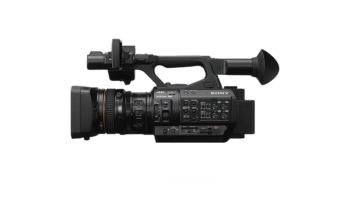
By Niels Stevens, business development manager, video, Adobe UK
As the way we consume media evolves, from traditional TV shows through to streaming live footage online, broadcasters need to stay ahead of the curve as they deliver content to audiences across the globe. At Adobe, we work with a number of organisations that need to save time and budget during production so that they can put that money on screen.
Perhaps best known for its flagship serial dramas, Coronation Street and Emmerdale, ITV has delivered beloved and successful programming to households across the UK, for more than 50 years. The fast turnaround of these dramas underlines the importance of efficient production and streamlined workflows. With three or four crews working simultaneously on both soaps everyday for 50 weeks a year, they need to shoot content out of order, in multiple locations. Using Adobe Story scriptwriting software to help them keep track of schedules and scripts has helped production teams work more effectively and more efficiently than ever before.
The Production Modernisation team at ITV is always looking for ways to improve processes and the way that they work. Towards the end of last year, the team simplified their production workflows, coming up with an end-to-end solution that would deliver a better experience all round, automating mundane tasks where possible. These benefits enabled the team to move investment to on-screen talent. Obviously, having a high-profile leading actor can convince a network to give a show a better slot in the schedule, pulling in bigger audiences and in turn, driving more revenue.
But it’s not just drama productions that need to move quickly. Broadcasters that cover major events like the Oscars, need production teams behind the scenes to capture, edit, and distribute content as quickly as possible. From red carpet interviews to show promos, the content needs to reach a range of media outlets shortly after it’s captured. Viacom Media Networks worked with Adobe to improve their accessibility and speed of delivery.
Every quarter MTV has a number of tent-pole events, such as their Video Music Awards. The team has considerable experience in making the TV part of these productions, but wanted to see if there were ways to speed up their workflows into other content platforms. In the past, their team would shoot a red carpet event, run to a satellite truck and upload the footage, do some editing, and then have the feed grabbed by whoever needed it. This worked well for television programmes and broadcasts, however it wasn’t effective in getting content on websites and social channels quickly. They also encountered problems with the uploads not reaching the correct satellite feeds, which meant it could take more than three hours post-show to get two hours of footage uploaded. In today’s digitally driven landscape, they needed to get content to blogs, websites, and other outlets that wouldn’t pay to download the content from the satellite. They needed a faster, more accessible solution.

The team started to take content from file-based cameras and fed it into laptops. They then added basic metadata in Adobe Prelude that the team needed for their online video sharing and asset management platform. With Prelude, they were able to make sub-clips, tag the content and transfer the footage to Premiere Pro.
From there, the footage was edited and uploaded to their online video sharing platform using Adobe Media Encoder. The content distribution portal was where all of the press outlets and internal teams went to fetch the broadcast-quality content that was ready for distribution. By taking this approach, content was available to all departments and outlets within 20 minutes.
Another example of the need for efficient production workflows is in the world of sports broadcasting. The team was at the forefront of coverage for the world football championship in Brazil last year, where Adobe’s video editing software was selected as the editing platform for the event. With multiple games and feeds per game being captured, the production team not only had to cover all of the matches, but also the player profiles as well as additional content from around Brazil to capture the spirit and excitement of the tournament. The International Broadcasting Centre was abuzz with production crews who all benefited from a number of time-saving initiatives. For instance, the range of native workflows that were supported by Premiere Pro helped editors to drop the content straight onto a timeline and start editing it.
Swiss broadcaster SRF used RED EPIC cameras for the action shots and Phantom Flex for slow motion sequences. Everything that was shot was imported into Premiere Pro CC, allowing the team to quickly produce a rough cut for opening sequences. By using an integrated, end-to-end system, the production team was able to deliver stunning footage to delighted audiences around the world.
From football to film, production teams need to move fast to deliver content to an increasingly demanding audience. With the right tools and systems in place, editors can meet this need, anywhere and at any time.







